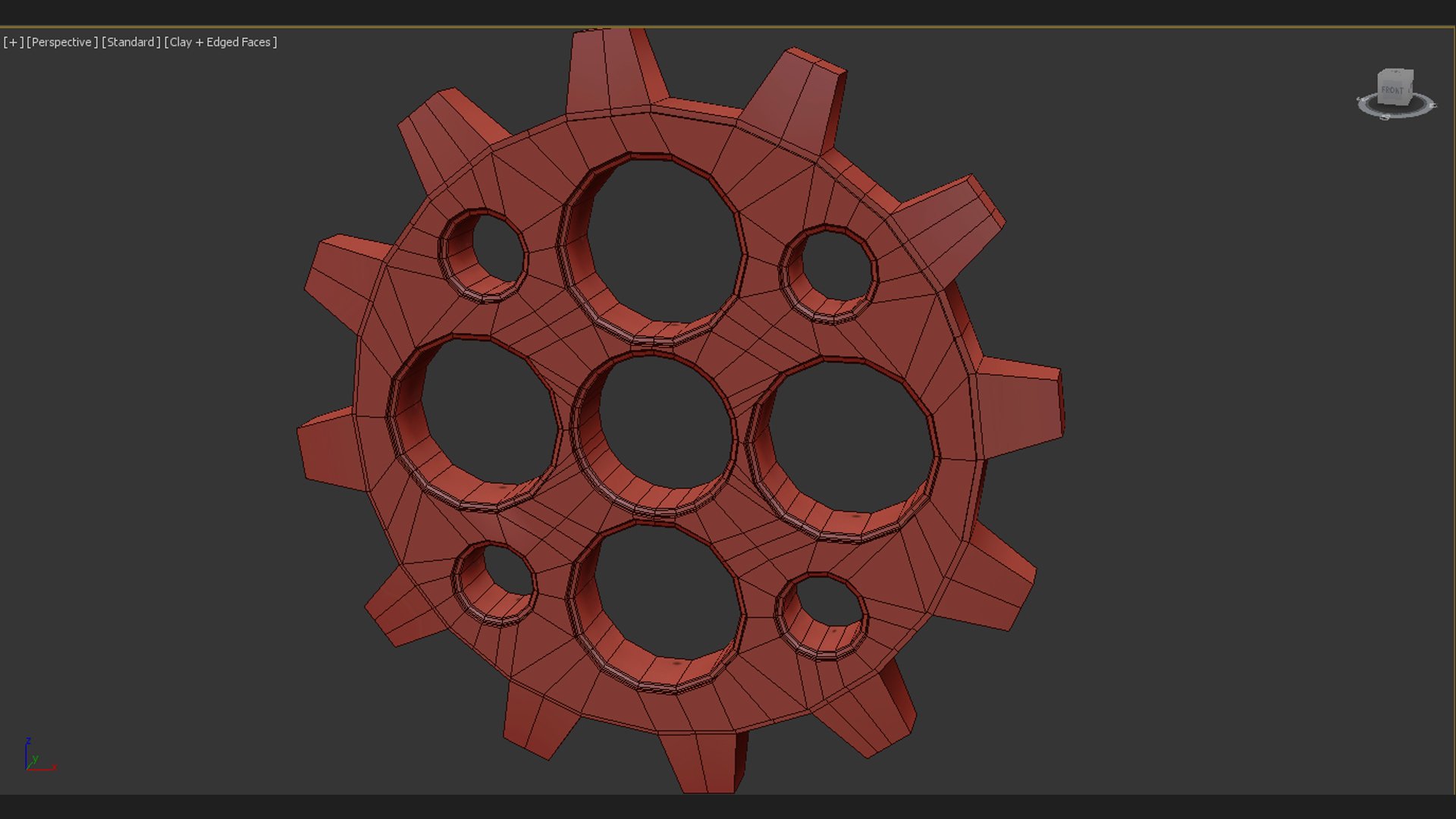


For most of the models at Poly Haven we use Substance Painter to texture them, but there are other softwares like Mari, ArmorPaint, 3D Coat and Quixel’s Mixer. For example, laying the wooden handle pieces in the same direction making it easier to add a wooden texture to the handle since the wood grain will follow in the same direction.Īt this step we want to start giving the models’ surface some materials. You might want to spend time laying out the UV islands in a way that makes sense for how you plan to texture it. The size of the squares should be somewhat consistent across the model though some slight inconsistency is acceptable and sometimes unavoidable. One way to check for stretching and if the texel density is consistent, is to use a checker texture, like the one shown on the hammer, and making sure the squares retain their shape.

If you have created a high and low poly version of the model you will need to UV unwrap the low poly and continue with the baking step.Ĭheckout this walkthrough for optomising low poly model. You can then use one of the software’s mentioned in the upcoming baking step to generate your baked texture maps.Īdding damage, wear, chips and cracks are all very common reasons to use this workflow. One that will contain all the details that are too small to consider keeping as geometry information and another model that will serve as the final, more optomised, geometry. To make use of this method you need to create 2 versions of your prop. You then bake that information down to a normal map on a low poly retopologiesed model that is more optomised and manageable. This method allows you to create a much higher detailed model through things like sculpting, bevels and subdivisions. Though it’s not always necessary, I recommend you make use of a high poly to low poly setup. *Although I could have optomised the geometry more for this prop, I instead kept the supporting edge loops so that the model can be subdivided later if it’s required. If you would like to take things a step further and include a lot of detail in your model, you can make use of a high poly to low poly workflow. One way to add detail by using normal, bump maps or stamps in the texturing process like I did on this prop with the PH logo imprinted into the metal on the hammer. There are other ways to add detail to your prop other modeling it all in. Follow your blocking model to refine the shapes and geometry to match the idea or reference you were following.


 0 kommentar(er)
0 kommentar(er)
